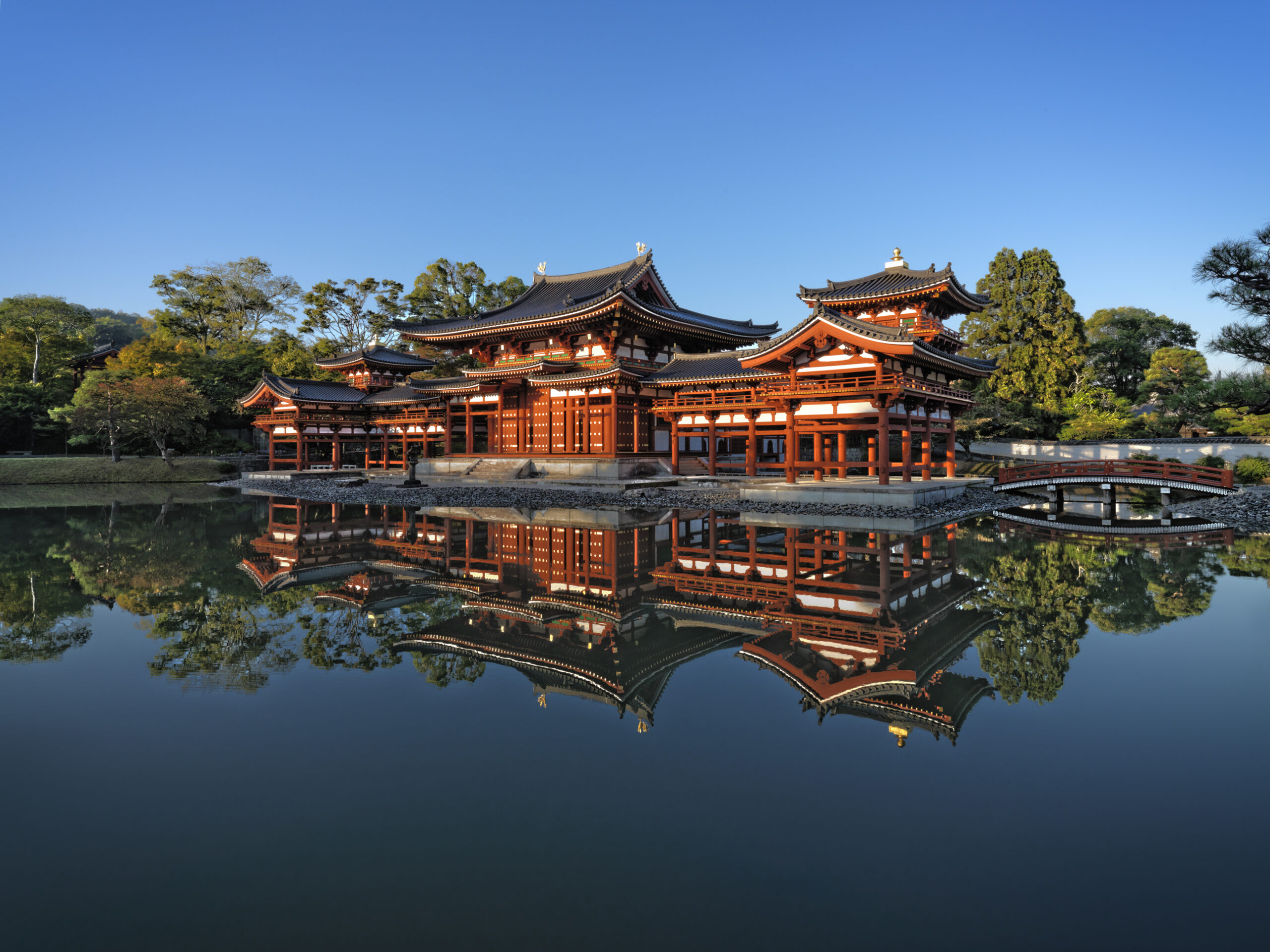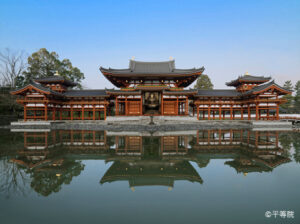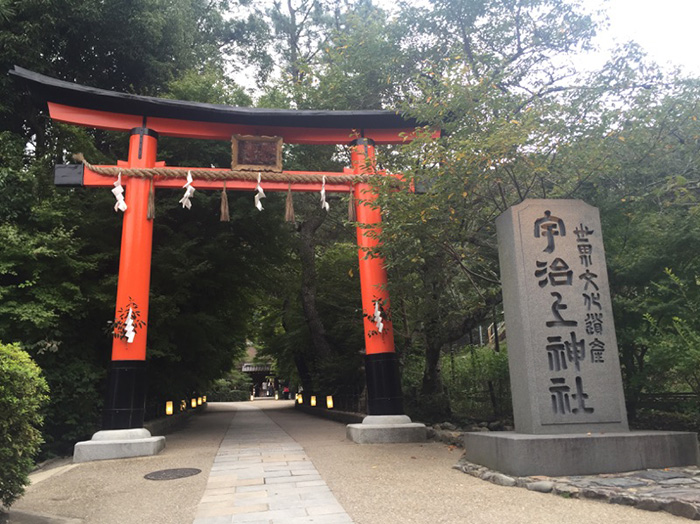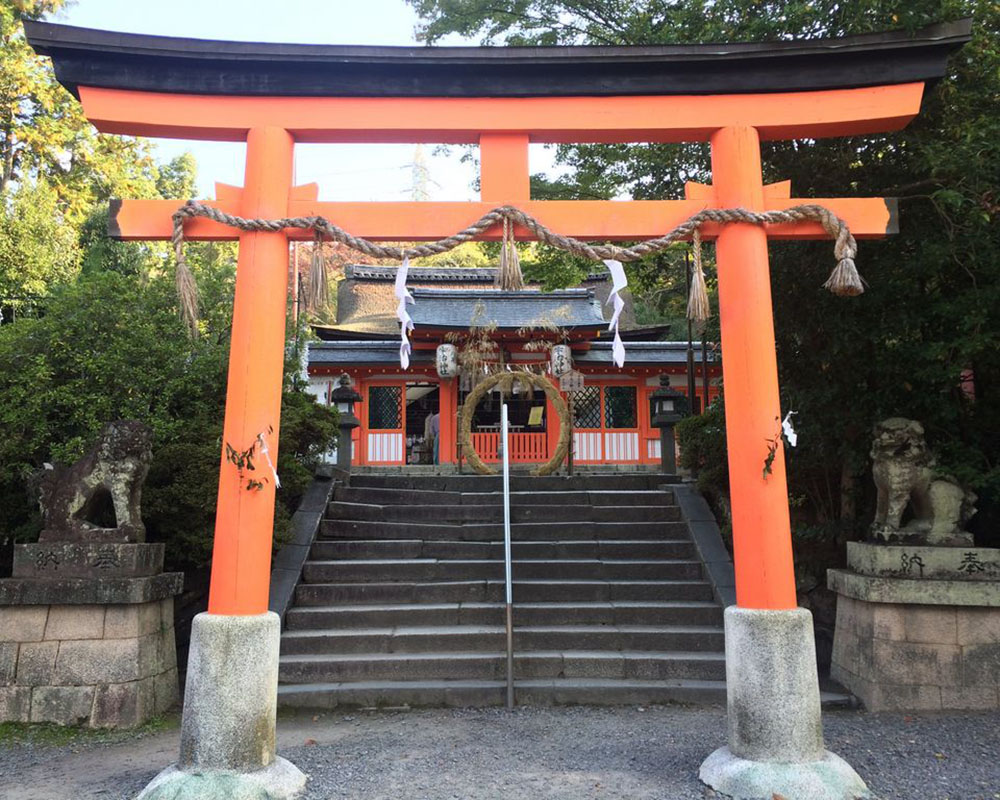Byodoin Temple

Byodo-in Temple, the World Heritage site, is a peaceful place that offers a glimpse into the spiritual side of Japan. Originally Minamoto no Toru’s villa, it was later acquired by Fujiwara no Michinaga, and his son Yorimichi converted it into the temple in 1052. You might want to visit the stunning Phoenix Hall (Hou-ou-do), which you can see on the ten yen coin. So, what are you waiting for? Take a moment to admire the intricate architecture of this temple, escaping the hustle and bustle of daily life.

Byodoin Temple
Byodoin Temple, located on the west bank of the Uji River, shows the historical glory of the Fujiwara clan’s prosperity. Originally Minamoto no Toru’s villa, it was later acquired by Fujiwara no Michi …




